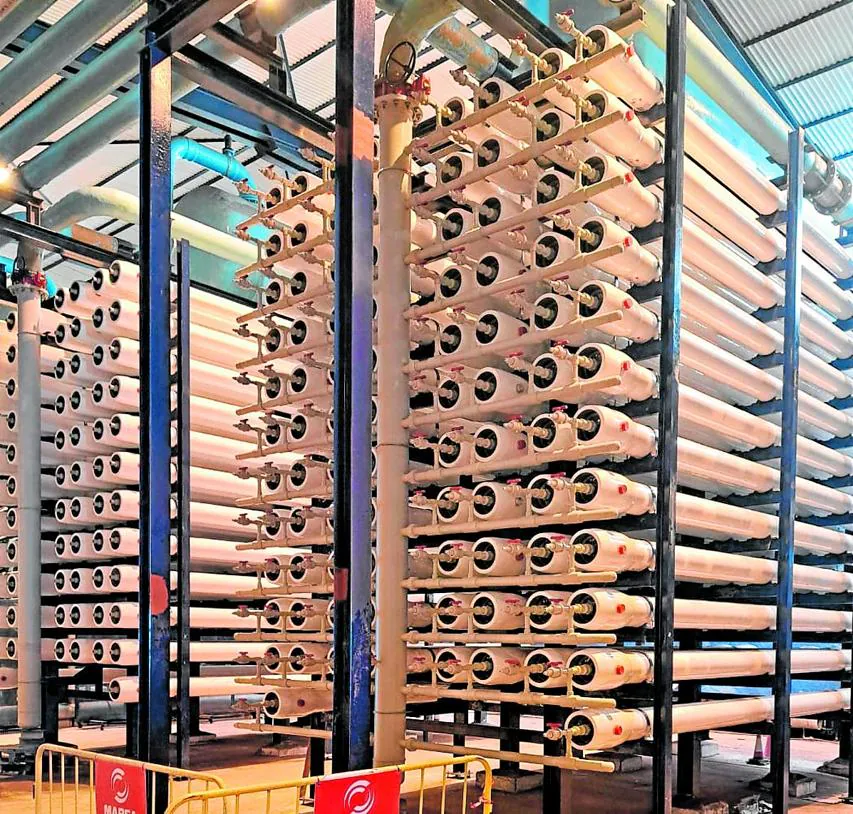Revamping the Marbella Desalination Plant
The Marbella desalination plant, located on the western Costa, was inaugurated in 2005 with the primary purpose of transforming seawater into potable water by eliminating salt. However, over the years, the plant’s efficiency has dwindled, resulting in a decrease in the production of clean water. This situation is set to change from December, with the plant expected to produce 20 cubic hectometres (hm3) annually, thereby significantly contributing to the water supply from Torremolinos to Manilva.
Meeting the High Season Water Demand
The coastal region from Torremolinos to Manilva requires 3,500 litres of water per second during the peak season. The revamped Marbella plant is projected to meet a substantial portion of this demand, with a production capacity of 650 litres per second. The renovation work is being undertaken in two phases by the regional government and Acosol, the public water supplier for the area.
Challenges in the Renovation Process
The renovation process has been challenging due to the necessity to keep the plant operational amidst the drought, as shutting it down is not an option. The plant’s filters are organized in production lines, and the first phase of the upgrade involved updating six operational lines, increasing the capacity from 6 hm3 to 12 hm3 annually.
Progress and Future Plans
The second phase of the upgrade involves expanding the number of lines from six to eight, aiming to reach the target of 20 hm3. Despite delays in the first phase due to supply chain issues in the Middle East, the second phase is progressing ahead of schedule. The full impact of the upgrade will be visible by December.
Improved Water Quality
Even though the full effect of the upgrade won’t be seen until December, the water quality on the completed production lines has already shown significant improvement. The salt content in the filtered water is now half of what it was before the upgrade. Acosol’s head, Matilde Mancha, expressed satisfaction with the initial results, stating that the improved water quality allows for increased output.







